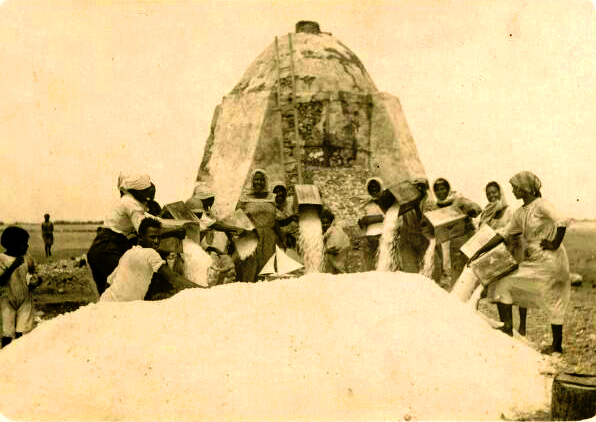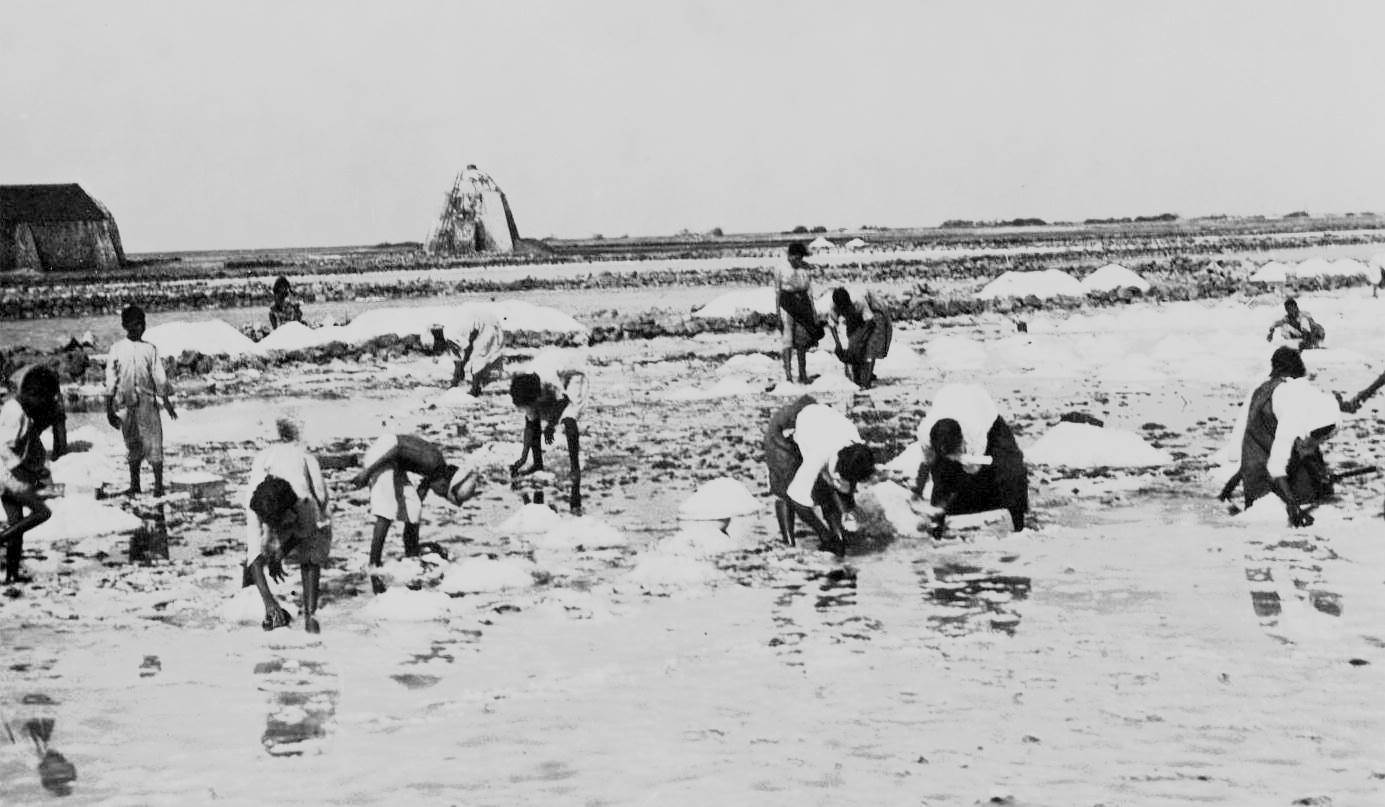Booking a magical glimpse inside Etnia Nativa
Article by Etnia Nativa call us 592 2702 and book your experience!
Etnia Nativa is a unique cultural and heritage experience location that enriches this newspaper with its knowledge of authentic island historical traditions, its flora, fauna, and artistic expressions. Through its column, Island Insight, you will definitely discover Aruba from a different perspective. Our island has a very valuable intangible cultural living heritage that includes traditional practices, expressions, and crafty techniques transmitted from generation to generation; spreading these traditions is one of Etnia Nativa’s main objectives. In this episode, we will share some history regarding this precious mineral known as salt and it’s processing in Aruba.

Salt has an essential biological significance necessary for our survival and has a very important role in human health since it is vital for cellular, brain, nervous system, and digestive functions. Due to its importance for human and animal survival, it has been valued throughout history, with evidence of its mining and seawater evaporation production dating back way into the Neolithic era (approximately 6,000 BC).
Solnitsata, a city in Bulgaria, was one of these prehistoric centers in Europe’s that had its fundaments around the winning of salt and accumulated its wealth by supplying the mineral to the entire Balkans.
Salt was highly valued by the Greeks, Chinese, and other great civilizations of antiquity. In the Roman era through the middle Ages, salt was a valuable commodity referred to as white gold. The Roman road system also served in the transportation and commerce of salt. It is said that the word “salary” comes from the Latin word for salt, since it was so valuable that Roman Legionnaires were sometimes paid in part with a bag of salt. However, a “salarium” may have also been an allowance paid to Roman soldiers for the purchase of salt; however, both of these claims are not well established and are considered assumptions.

As salt is also one of the oldest methods of food preservation, it was of great value and importance to seafarers who undertook long voyages to the high seas, using it to preserve fish, raw meat, bacon, and also pickled vegetables. When Dutch navigators approached our region, the West Indies, and the South American continent, upon seeing the large natural purple salt flat of the Araya Peninsula in Venezuela, they immediately turned it into an important salt extraction site. During colonial times, ships annually set sail back to Europe with hundreds of tons of salt. But in 1665, Spanish forces stopped this “flourishing” illicit industry, putting an end to Dutch incursions.
Since the Spanish prevented them from this felonious extraction of their salt, the next goal for the Dutch WIC was the ABC islands: Aruba, Bonaire, and Curacao. The salt pyramids of Bonaire today stand for the ancient salt trade of the Caribbean, which has persisted over time and in which our sister island continues to play an important role.
In Aruba, the so-called western wetlands measure 392 hectares and include five salt lagoons, known locally as saliñas. Some of them are located between high-rise hotels and residential areas, constituting an important stopover for hundreds of birds that migrate between the continents of North and South America. During the times of salt exploitation, it was common to see workers working in the collection of the mineral with their bare hands and feet and buried up to their knees in the mud, doing the work of collecting the salt. When the port was expanded in 1949, some of the salt flats of Oranjestad disappeared under the sand.
Other “saliñas” were found in Savaneta. It was the custom to let the sea water in during high tide and close up the water inlet to retain the sea water that had to evaporate by the heat of the sun in order to collect the salt that had accumulated on the surface of the muddy soil.
If you are interested in learning the true identity of Aruba, book your visit to Etnia Nativa, home of our chief cultural columnist, who has been a trend setter since 1994, having the honor to participate in the realization of the island’s National Park Project and Archaeological Museum. Actually, he continues to share the culture of Aruba, with the main goal of providing valuable knowledge of the island to his visitors.
Etnia Nativa sets itself apart from the rest as a hidden gem by offering a personal native touch and providing the opportunity to enjoy a diverse array of artworks, objects, artifacts, dead dissected animals, plants, colonial furniture, unique old photos, etc. Etnia Nativa is your opportunity to dive to the navel of Aruba!
Book your visit: Whatsapp +297 592 2702 etnianativa03@gmail.com



















